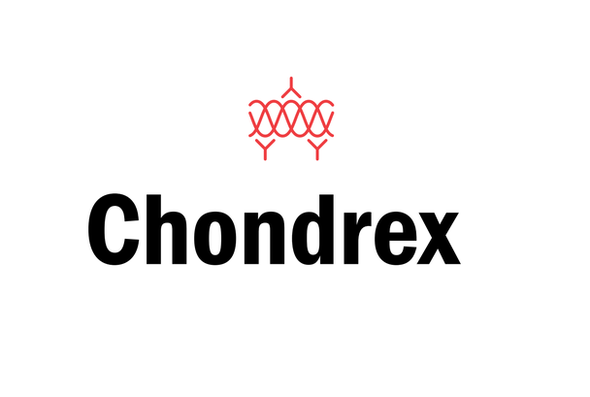Sirius Red Total Collagen Detection Kit
- SKU:
- 445-9062
- Size:
- 80 samples
- Shipping:
- Gel Packs
- Storage:
- -20 C
Description
Sirius Red Total Collagen Detection Kit - Cat Number: 9062 From Chondrex.
Research Field: ECM
Clonality: N/A
Cross-Reactivity:
Host Origin: N/A
Applications: N/A
Isotype: N/A
Detection Range: 500 µg/ml-8 µg/ml
Sample Type: Culture Media, Solubilized Collagen
Concentration: N/A
Immunogen:
PRODUCT SPECIFICATIONS
DESCRIPTION: Assay kit to quantify total collagen content in samples
FORMAT: 96-well ELISA plate with removeable strips
ASSAY TYPE: Colorimetric assay
ASSAY TIME: 30 minutes
STANDARD RANGE: 500 µg/ml to 8 µg/ml
NUMBER OF SAMPLES: Up to 40 (duplicate) samples/plate
SAMPLE TYPES: Tissue homogenate, cell culture medium, and cultured cells
RECOMMENDED SAMPLE DILUTIONS: Varies depending on sample type
CHROMOGEN: N/A (read at 510-550 nm)
STORAGE: -20°C for 12 months
VALIDATION DATA: N/A
NOTES: This product is NOT the Sirius Red Total Collagen Detection Assay PLATE Kit (Cat # 9062P)
INTRODUCTION
Sirius red is a unique dye which specifically binds to the [Gly-X-Y]n helical structure on fibrillar collagen (type I to V) and does not discriminate between collagen species and types. Chondrex, Inc. provides a Sirius Red Total Collagen Detection Assay Kit for detecting the total collagen content in various collagen-containing samples such as tissue specimens, cell culture media, and cultured cells. The total assay working time is less than 30 minutes and 40 samples can be measured in duplicate. Due to the low level of collagen in cell culture media, additional concentration steps may be necessary. For determining levels of collagen from individual species or different types of samples, Chondrex, Inc. recommends our Type I Collagen Detection ELISA kits and Type II Collagen Detection ELISA Kit. For convenience, the same sample preparations may be used for both the Collagen Detection ELISA Kits and the Sirius Red Total Collagen Detection Assay Kit. For more information, please visit www.chondrex.com or contact support@chondrex.com.

Concentrating Solution (Cat # 90626) for cell culture media samples is NOT included. Please contact Chondrex, Inc. customer service
support@chondrex.com to place an order.
PREPARING SAMPLES
Tissue specimens and cultured cells can be used; however, solid samples must be solubilized for this assay. Culture media samples may
require a concentration process (please see protocol). In addition, heat-denatured collagen tends to have a lower binding affinity for Sirius
red, resulting in underestimated values.
Depending on the solubilization method, these soluble collagen samples can be used:
1. Salt soluble collagen (0.15M NaCl in 0.1M Tris-HCl, pH 7.4)
2. Acid soluble collagen (0.05M acetic acid)
3. Pepsin soluble collagen (0.05M acetic acid with pepsin)
Chondrex, Inc. recommend our “Tips for Collagen Solubilization” to prepare pepsin-soluble collagen samples. Please contact Chondrex, Inc.
customer service support@chondrex.com for more information
CULTURE MEDIA
Samples containing higher concentrations of serum can cause high background values. Therefore, Chondrex, Inc. recommends reducing
the serum supplement concentration in cell culture media down to 5% using PBS.
CONCENTRATING SAMPLES
The concentration of collagen in culture media is generally low, therefore it is difficult to detect collagen in culture media samples within the
standard range of this kit. Chondrex, Inc. recommends a sample concentration process using our Concentrating Solution (Cat # 90626).
Furthermore, a negative control using culture media should be used as this concentration method may result in elevated background levels.
1. Take 1 ml culture medium.
2. Add 250 µl of Concentrating Solution.
3. Vortex and incubate at 4°C for 16-24 hours.
4. Centrifuge at 10,000 rpm for 3 minutes.
5. Discard supernatant.
6. Add 100 µl of 0.05M acetic acid to dissolve the pellet. Use this solution as your sample.
7. Calculated collagen concentration should be multiplied by a 0.1 dilution factor.








